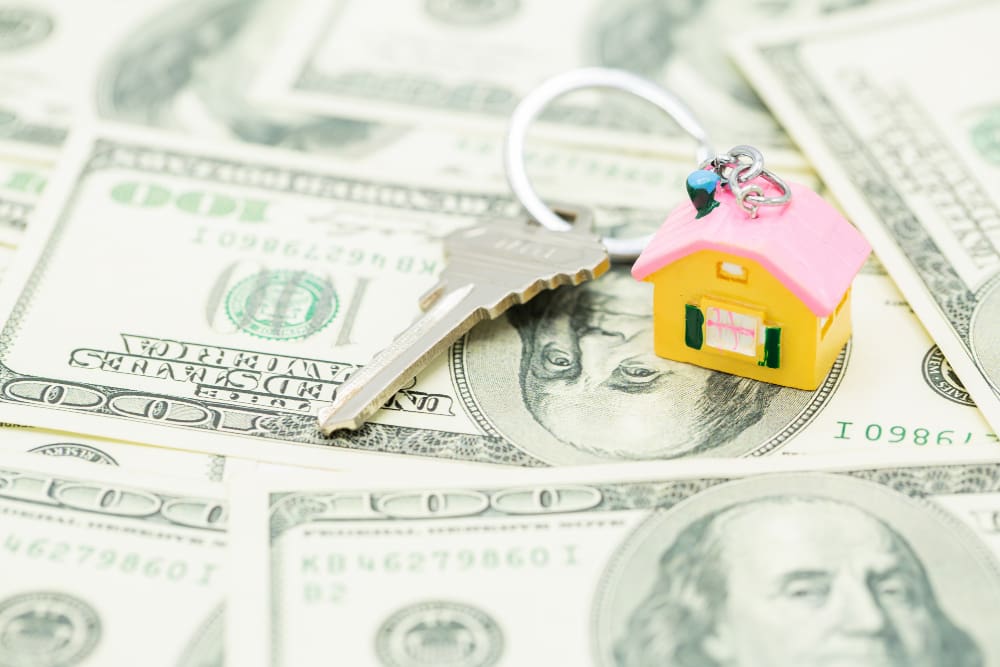Financing A Custom Home
Building a custom home is an exciting journey that allows homeowners to tailor every nook and cranny to their specific needs and desires. However, it’s a path that comes with its unique set of challenges, not the least of which is the financing aspect. This comprehensive guide delves into the intricate world of financing a custom home, ensuring that your dream house doesn’t become a financial nightmare.
Understanding Custom Home Financing
Unlike purchasing a pre-existing home, financing a custom home doesn’t typically involve a standard mortgage—at least not at first. Instead, the process usually starts with a construction loan. This short-term loan is designed to cover the costs associated with the construction of your home. Once construction is complete, you’ll then transition to a traditional mortgage.
Step 1: Pre-Approval
Before you even begin designing your custom home, it’s crucial to understand your budget. Meet with a financial advisor or a mortgage broker who specializes in construction loans to get pre-approved. This will give you an idea of how much you can afford to spend.
Step 2: Acquiring a Construction Loan
A construction loan is a short-term, higher-interest loan that covers the cost of building. Payments are typically interest-only during the construction phase, with the principal due upon completion. These loans may require a higher down payment than traditional mortgages.
Step 3: Transitioning to a Mortgage
Once your home is built, you will convert your construction loan into a permanent mortgage. This process is known as a “construction-to-permanent” loan, allowing you to finance the construction of your home and then convert the loan balance into a mortgage once the home is complete.
Step 4: Choosing the Right Lender
It’s essential to work with a lender experienced in construction loans. They will play a significant role in the process, disbursing funds to the builder in stages, known as “draws,” and inspecting the construction progress before releasing additional funds.
Step 5: Managing Your Budget
Throughout the construction process, it’s vital to manage your budget carefully. Costs can escalate quickly, and it’s important to keep track of every expense. Ensure you have a contingency fund set aside for unexpected costs.
The Role of the Builder
Choosing the right builder is as crucial as choosing the right financing option. Your builder will need to work closely with your lender, providing detailed project plans, timelines, and cost estimates.
Planning Your Build
Your builder will help you plan your project, from initial designs to the final touches. They should be able to provide you with a realistic timeline and help you understand the construction process.
During Construction
The construction phase is when your vision starts to take shape. Regular site visits and meetings with your builder will help ensure that everything is proceeding according to plan.
Finishing Touches
Once construction is nearing completion, you’ll walk through the home with your builder to identify any final touches or issues that need to be addressed before you move in.
Budgeting and Additional Costs
When budgeting for your custom home, it’s important to consider additional costs that may not be included in the initial quote from your builder:
- Land costs
- Local fees and permits
- Utility hookups
- Landscaping
- Driveways and sidewalks
- Appliances and electronics
- Interior decoration
The Emotional Aspect
Financing and building a custom home can be an emotional rollercoaster. It’s a process that can take months or even years, and it’s essential to prepare for the highs and lows. Keep the lines of communication open with your builder and lender, and try to enjoy the process of seeing your dream home come to life.
Conclusion
Financing a custom home requires a different approach than buying a pre-built house. It’s a complex process that involves construction loans, careful budgeting, and a strong partnership with your builder and lender. With the right preparation and understanding, you can navigate the financial landscape to create the home of your dreams.
Remember that the journey to your custom home is as much about the financial foundation as it is about the physical one. By educating yourself and planning ahead, you can ensure a smooth process that leads to the doorstep of a home that’s uniquely yours.

